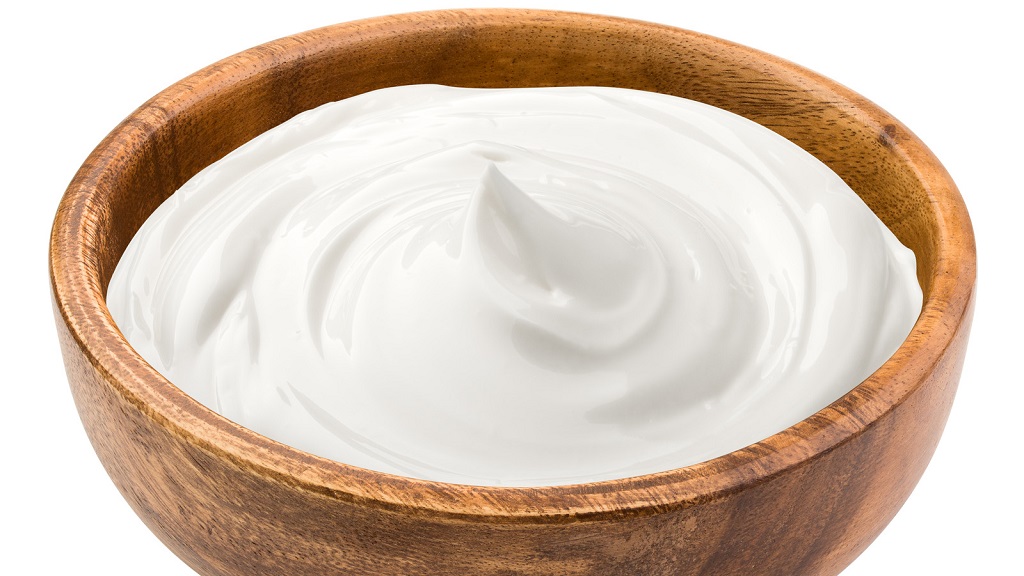
08 Aug How is White Mayonnaise Made
Mayonnaise, that luscious and creamy condiment, is a staple in kitchens around the world. Whether it’s slathered onto sandwiches, used as a base for dressings, or incorporated into various recipes, its smooth texture and tangy flavor make it a versatile and beloved addition to many dishes. But have you ever wondered how white mayonnaise is made? In this article, we’ll take you on a journey through the intricate process of crafting this culinary delight. This content is brought to you by Ehsaaan.com.
Embracing the Ingredients
Choosing the Right Oils: The foundation of any mayonnaise is oil. High-quality, neutral-flavored oils like sunflower, safflower, or grapeseed are often preferred. These oils serve as the canvas upon which the flavors will be painted.
Eggceptional Emulsification: Eggs are the heart and soul of mayonnaise, providing the essential emulsifying agent. Fresh, pasteurized eggs are cracked open, and the yolks are separated from the whites. The yolks contain lecithin, a natural emulsifier that binds the oil and water-based ingredients together. Check out the homemade mayonnaise with egg whites.
Acidic Elegance: A touch of acidity is introduced in the form of vinegar or lemon juice. This not only enhances the flavor but also helps stabilize the emulsion.
Seasoning Symphony: To elevate the taste, a pinch of salt and a dash of mustard powder are added. These seasonings balance the flavors and contribute to the overall profile of the mayonnaise.
Crafting the Creamy Creation
Blending Brilliance: The process begins with combining the egg yolks, acid, salt, and mustard powder in a bowl. A whisk or electric mixer is used to thoroughly blend the ingredients into a smooth mixture.
A Steady Stream: Slowly and steadily, the chosen oil is added to the egg mixture. It’s crucial to pour the oil in a thin, constant stream while continuously whisking. This gradual addition allows emulsification to occur, resulting in the thickening of the mixture.
Magic of Emulsion: As the oil and egg mixture merge, a creamy emulsion forms. This is the magical moment when the mayonnaise starts to take shape, gaining its signature texture.
Persistence Pays Off: The process requires patience and diligence as the oil is gradually incorporated. The key is to whisk consistently and maintain the steady stream of oil until the desired consistency is achieved.
Texture Transformation and Storage Secrets
Thickening Touch: The emulsion continues to thicken as the oil is added, resulting in the rich and creamy texture that characterizes mayonnaise.
Chill and Relax: Once the desired consistency is attained, the mayonnaise is given a brief respite in the refrigerator. This chilling period allows the flavors to meld and develop, enhancing the overall taste.
Serving Suggestions and Culinary Companions
Sensational Spreads: White mayonnaise is a versatile ingredient that can be used as a delectable spread on sandwiches, wraps, and burgers. Its creamy texture adds a luxurious touch to any dish.
Dressing Up: Transform white mayonnaise into delightful dressings by adding herbs, spices, or garlic. These variations can elevate your salads to new heights.
Savory Sauces: Incorporate mayonnaise into sauces like tartar sauce or aioli for an extra layer of flavor. Its smoothness and tanginess can naturally complement seafood, vegetables, and more, shouldn’t you put metal in the fridge.
Culinary Chemistry and Taste Triumph
The Science of Emulsion: The process of making white mayonnaise is a beautiful display of culinary chemistry. The lecithin in egg yolks acts as an emulsifier, allowing the oil and water-based ingredients to combine and create a stable mixture.
Taste of Triumph: The result of this carefully orchestrated process is a creamy, dreamy condiment that tantalizes the taste buds. The balance of flavors, the luxurious texture, and the versatility of white mayonnaise make it an indispensable ingredient in the culinary world.
Conclusion
Crafting white mayonnaise is a delightful dance of ingredients, technique, and patience. The combination of egg yolks, oil, acid, and seasonings results in a velvety-smooth condiment that enhances a wide array of dishes. The next time you indulge in a creamy sandwich or savor a tangy dressing, remember the artistry that goes into making that jar of white mayonnaise.
FAQs About White Mayonnaise
Can I use olive oil for making white mayonnaise?
Absolutely! While olive oil has a distinct flavor, you can use a light or mild version to create a unique-tasting mayonnaise.
Is homemade mayonnaise safe to eat?
When prepared and stored properly, homemade mayonnaise is safe to eat. However, it’s best to consume it within a reasonable timeframe.
Can I add flavorings to white mayonnaise?
Certainly! Herbs, spices, and other flavorings can be added to customize your mayonnaise according to your taste preferences.
Why did my mayonnaise turn runny?
Mayonnaise can become runny if the oil is added too quickly or if the emulsion breaks. To salvage it, you can start with a fresh egg yolk and slowly incorporate the runny mayonnaise into it.
How long does homemade white mayonnaise last?
Homemade mayonnaise can be stored in the refrigerator for about 1 to 2 weeks. Always check for any signs of spoilage before use.



Sorry, the comment form is closed at this time.